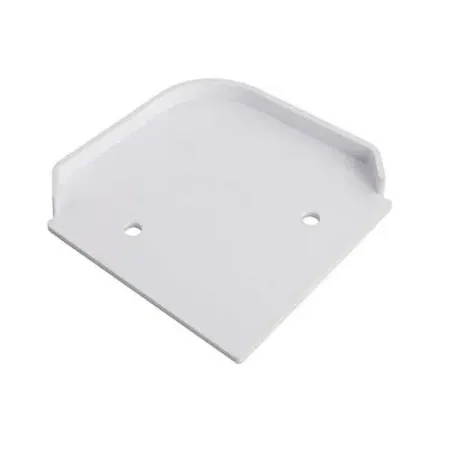What is the difference between cross-border B2B and B2C? Comparative analysis of cross-border e-commerce B2B and B2C
From the perspective of transaction methods, cross-border e-commerce can be divided into two modes: B2B and B2C. What are the differences between these two modes? Below, let's compare and analyze the differences between cross-border e-commerce B2B and B2C.
1. What is B2B
B2B (Business To Business) refers to the exchange of products, services, and information between enterprises or between businesses through the Internet.
B2B provides a bulk shopping platform where buyers can search for all sellers and all information about the products they own, and further publish purchasing needs according to their special needs. Of course, the most important thing is that transactions between sellers and buyers ultimately occur.
2. What is B2C
B2C (Business To Customer) is a type of e-commerce transaction classified by transaction object, that is, e-commerce transactions between merchants and consumers. This online shopping model greatly improves the transaction efficiency between both parties.
3. Comparative analysis of B2B and B2C
The fundamental difference between B2B and B2C is that they target different customer groups, which can be simply understood as wholesale (B2B) and retail (B2C). The B2B market is composed of the purchase, production, and sales of products and services, while the cross-border B2C market is a process of providing products and services to individual consumers.
In the B2B market, consumers' purchasing decisions are not made by one person, while in the B2C market, purchasing decisions are made by consumers themselves. The purchasing behavior of consumers in the B2B model is relatively complex, including environmental, group, and individual factors, while the purchasing behavior of consumers in the B2C model is relatively simple because it is an individual behavior of consumers.
Compared to B2B, B2C is a more advanced mode. In the traditional B2B trade process, from factory shipment to final arrival at consumers' hands, there are multiple cumbersome links that need to go through, and each link incurs corresponding costs, leading to terminal price increases. At the same time, there are also issues such as information lag and opacity. Cross border B2C, on the other hand, directly delivers goods from factories or sellers to consumers' hands, eliminating all intermediate links, and is a relatively more efficient business model.
From a purely quantitative perspective, B2B undoubtedly dominates; But for true manufacturers, B2C actually has a more promoting effect, able to quickly capture market dynamics, consumer demand, and respond in a timely manner.
The above is a comparative analysis of cross-border e-commerce B2B and B2C. With the continuous development and progress of technological networks, cross-border B2B e-commerce has grown exponentially in recent years, and the prospects of this market cannot be underestimated.


